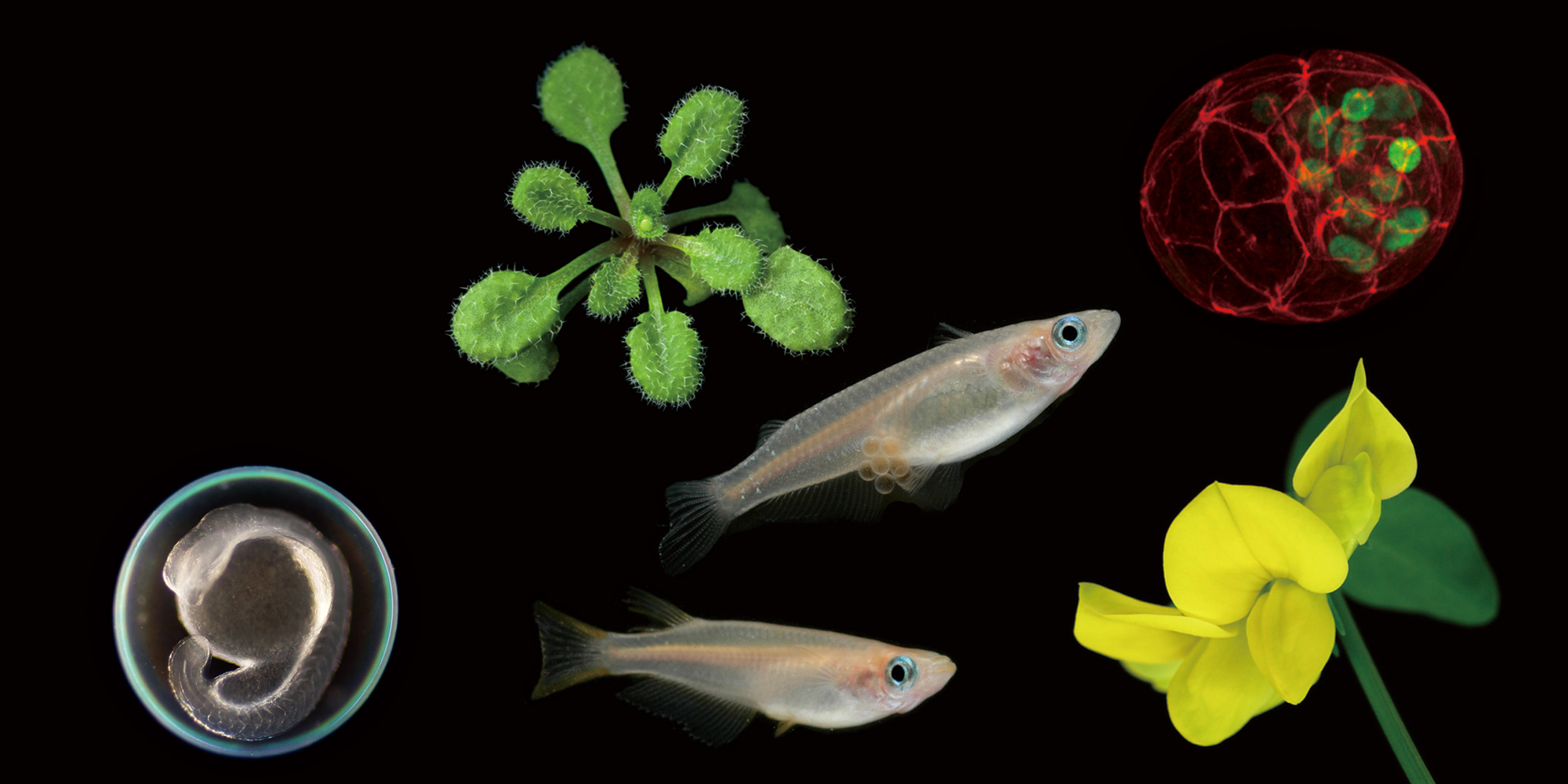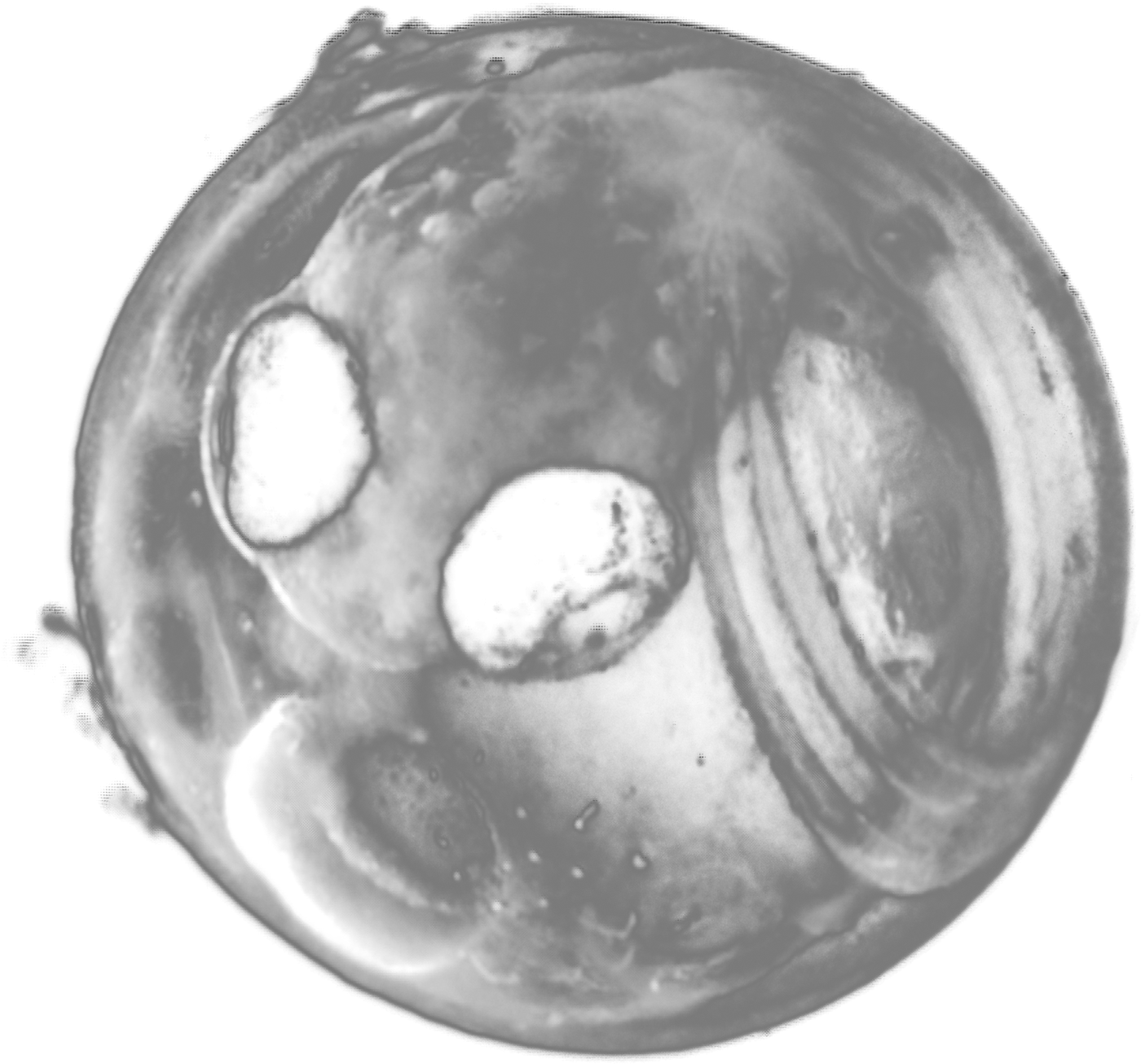2018.09.22 Open Seminar
Adrianichthyidae in Sulawesi as a model system to explore the molecular genetic basis of diversification in sexual dimorphism
Dr. Satoshi ANSAI (Laboratory of Bioresources, National Institute for Basic Biology, JAPAN)
2018. 09. 22 (Sat) 18:00 ~ 19:00
Conf. Room, Myodaiji (111)
Spectography and Bioimaging Facility, Yasuhiro Kamei(7535)
The 10th NIBB International Practical Course
Open Seminar
Sexual dimorphism is prevalent, but often differs remarkably between closely related species. However, we know little about which genes and genetic changes can actually contribute to diversification of sexually dimorphic traits. The family Adrianichthyidae are small teleost species commonly referred to as medaka. Although their native habitats are widely distributed in East and South-East Asia, 20 of 37 Adrianichthyidae species are endemic to Sulawesi, Indonesia. Here, we have studied the molecular genetic basis of diversification in sexual dimorphism using the endemic species as a model system, because their sexual dimorphic body colorations are significantly diversified in closely-related species. Firstly, we made a de novo long-read genome assembly of Oryzias celebensis as a reference assembly for the Sulawesi species. This assembly was anchored to 18 chromosomes by a linkage analysis and was annotated using RNA-seq data from adult and embryonic tissues. Next, we analyzed the molecular mechanisms underlying red coloration in pectoral fins, a characteristic feature of O. woworae males. Quantitative trait loci (QTL) mapping in a F2 intercross between a male of O. woworae and a female of a close relative O. celebensis without any red fins revealed that an autosomal locus controls the red pigmentation. Subsequent RNA-seq and quantitative PCR analysis revealed that csf1 gene is a strong candidate responsible for the red fins, which is located within the QTL region and highly expresses in the red fins of O. woworae males. The csf1 mutant generated by CRISPR/Cas system exhibited a defect in xanthophore development. Additionally, semi-quantitative allele specific expression analysis showed significantly biased expression of the O. woworae allele in F2 heterozygotes. These results suggest that cis-regulatory mutation in the csf1 gene causes higher expression in the pectoral fins and would cause the red fin phenotype. Further genomic analysis is underway to identify the mutation(s) that is responsible for the red fin traits.
References:
1. D. F. Mokodongan & K. Yamahira (2015) Mol. Phyl. Evol. 93, 150-160.
2. D. F. Mokodongan et al. (2018) Mol. Phyl. Evol. 118, 194-203.







